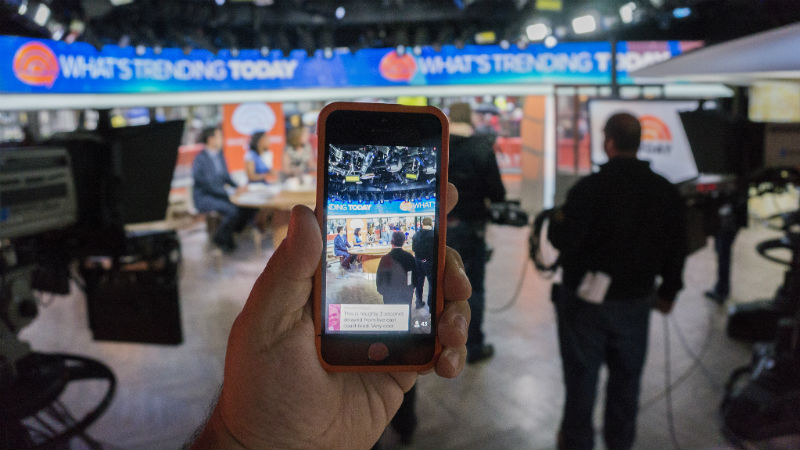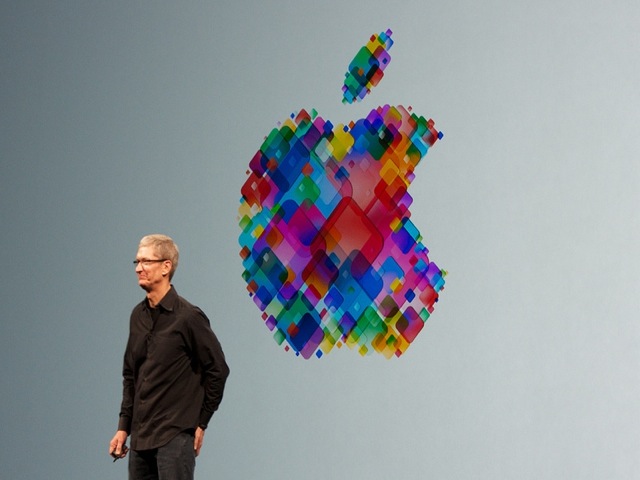
The last few weeks have seen two new live video- streaming apps break into the market in a big way. Meerkat hit first and garnered plenty of attention, but was quickly usurped by the introduction of Periscope, which Twitter purchased earlier this year.
Despite Meerkat’s early lead, Twitter has been throwing its weight around to keep Periscope on top, including disabling some of Meerkat’s Twitter integration features. Still, the race between the two remains neck and neck, with celebrities like Aaron Paul, Ashton Kutcher, and Madonna taking sides. But what are the real differences between the two apps? I’ve been using them both for about a week now, taking a close look at the functionality as a watcher and as a streamer and here’s what I have discovered.
Both Meerkat and Periscope share several important features, the main one being the ability to tweet a link to a live-streaming video straight from your iPhone (neither app is available in full for Android yet, although there's a beta version of Meerkat in the Play store now).
Each has their own way for watchers to like the videos, each has options to save the streams to your phone once you finish and both allow public chats within the videos.
But the similarities stop there. Meerkat’s interface is very directed. As soon as you open the app, there’s a prompt at the top to start your own feed and directly below a selection of current streams to watch. In essence, it’s an invitation to dive in immediately.
Periscope, on the other hand, opens to show you feeds you’ve recently watched or made (videos can be left public for up to 24 hours using the replay function, so if you missed someone’s feed, you can watch it again later). It has dedicated screens for browsing live feeds, starting your own, or checking out the 'Most Loved' list.
When actually watching a video, I found Periscope’s chat function took up most of the screen, especially when a lot of users were chatting at once (as was the case in several celebrity videos I watched). Meerkat, on the other hand, places the chat near the bottom of the feed, with other options at the top, leaving the center of the screen clear, and for me, it's a much less cluttered experience.
In contrast, I found being behind the camera much easier on Periscope. All the functions you need (switching from back-facing to front-facing camera, seeing who’s watching, or ending the broadcast) are easily accessible via a tap or swipe anywhere on the screen. This way, you can clearly see everything you’re filming without being obscured. Meerkat offers buttons instead, which block portions of the screen.
Ultimately, I found it difficult to say which one I personally preferred. However, it’s hard to deny that Periscope currently holds the advantage due to the support from Twitter. Looking at the data provided by Topsy, Periscope seems to be gaining more support each day, while Meerkat seems to have already leveled off.
If Meerkat continues to find ways around Twitter’s blocks, it could end up on top, but it seems likely Periscope will gain the advantage as the integration between itself and Twitter grows.
If you have tried out either of the two apps, let us know your thoughts in the comments section below.
Published under license from ITProPortal.com, a Net Communities Ltd Publication. All rights reserved.



